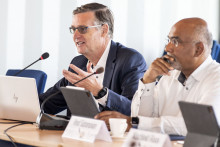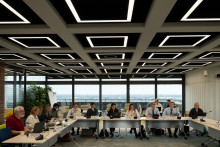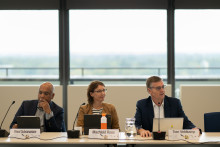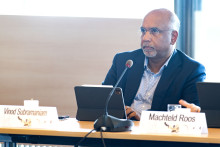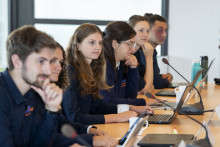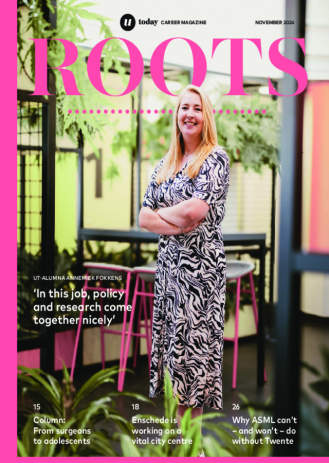The council gave its formal consent for the so-called ‘bi-location’ of Creative Technology this morning. Meaning that both the VU and UT will be co-offering the programme, similar to the Mechanical Engineering programme that’s being offered since 2019. It is now up to the CDHO, the Dutch Higher Education Efficiency Committee, to assess whether the Creative Technology programme offers added value to the national offer of higher education.
Concerns about viable business case
The council supported the ‘entrepreneurial spirit’ of the UT, with this new joint programme. On the other hand, there were also concerns if the business case is viable and realistic enough. Council member Dick Meijer asked: ‘What if, as was the case with Mechanical Engineering, only half of the students that were expected come? Doesn’t the financial position of the EEMCS faculty allow pre-financing?’ And: ‘What kind of positions is the faculty opening up, only for teaching or also scientific?’
Council chairman Herbert Wormeester added: ‘What I remember from Mechanical Engineering, was that the financial risks were placed at individual research chairs. Meaning that they had to hire somebody and if the right numbers weren’t reached, it was their responsibility. This resulted in some negative sentiments within Mechanical Engineering and we want to prevent similar negative sentiments within Creative Technology.’
‘That’s why it’s reasonable to ask for proper personnel planning’, added Meijer, who is also afraid of the already high workload increasing. ‘If we do something new, the workload shouldn’t increase again. The risk is there, make sure to quantify as well as possible.’
‘Realistic numbers’
The Executive Board responded that these kinds of discussions should take – and are taking – place on a faculty level. ‘On a central level, we try to give the right incentives’, said rector Tom Veldkamp. ‘We try to stimulate them to offer an enticing programme and attract the right students within this construction with two locations. But in the end, it’s the responsibility of faculty. We recognise the issues you’re bringing up, but we can’t directly solve them.’
Subramaniam repeatedly added that the numbers used in the business case are ‘very realistic now’. ‘Having learned from Mechanical Engineering, we’ve slashed expectations. To the best of our knowledge, the number of students we expect are realistic.’


